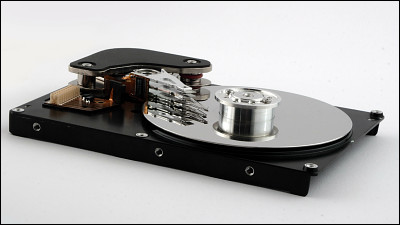Research results show that technology to increase the calculation speed by 1 million times may be realized by using 'graphene'

OSA | Light-induced valleytronics in pristine graphene
https://doi.org/10.1364/OPTICA.418152
Graphene Valleytronics: Paving the Way to Small-Sized Room-Temperature Quantum Computers | Industrial Research and Consultancy Center
https://rnd.iitb.ac.in/research-glimpse/graphene-valleytronics-paving-way-small-sized-room-temperature-quantum-computers
In the field of electronics, not only the degree of freedom of electric charge of electrons, but also 'spintronics ', which uses the degree of freedom of electron rotation called spin , is applied to electronic devices such as HDDs.
Valleytronics is about to be used as a new technology to succeed spintronics. This is a technology that uses the degree of freedom of where electrons enter in the conical 'valley' that indicates the minimum value of the energy band in the band structure that shows the relationship between the energy of the material and the wave number.

In order to realize valettronics, it is necessary to use substances with a degree of freedom in valet, but general substances do not have this. Therefore, at Valleytronics, research is being conducted using

by LSHTM IDM102
However, graphene has been considered difficult to control the valley by itself due to its peculiar metallic state and chiral symmetry. So Mrudul and colleagues figured out a way to take advantage of the graphene valley using light.
According to Mrudul et al., By adjusting the polarization of the two laser beams according to the triangular lattice of graphene, it is possible to cause the polarization of the valley and break the symmetry between carbon atoms to utilize the anisotropic region of the valley. It will be possible. As a result, information can be effectively 'written', and in theory, Valleytronics, which achieves a calculation speed more than 1 million times that of modern times, will be possible.
Mrudul and colleagues said that one of the most attractive aspects of controlling the valley in graphene was that it could be performed at room temperature, and that it saw the feasibility of a general small general-purpose quantum computer.
Related Posts:
in Science, Posted by log1p_kr







